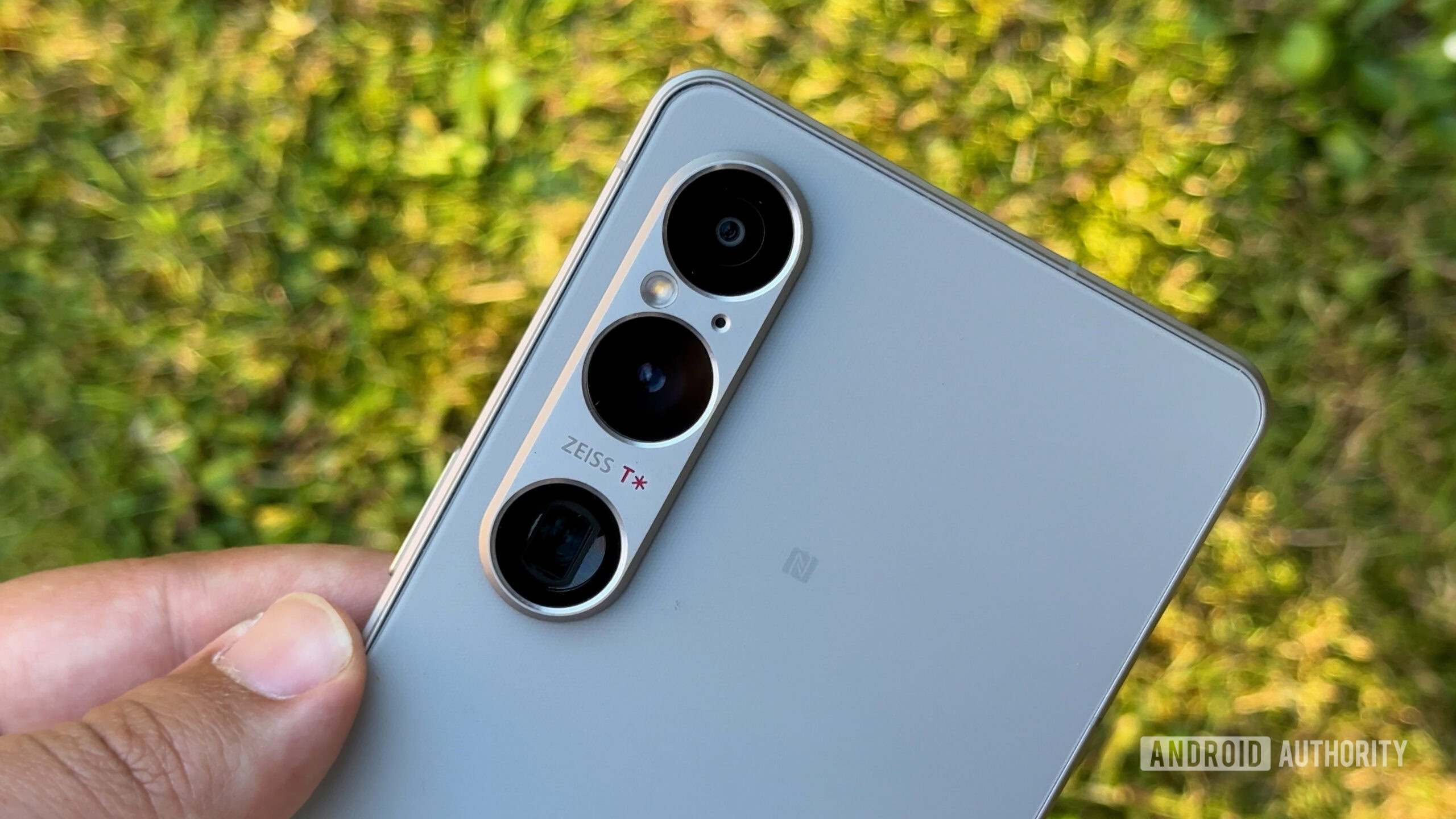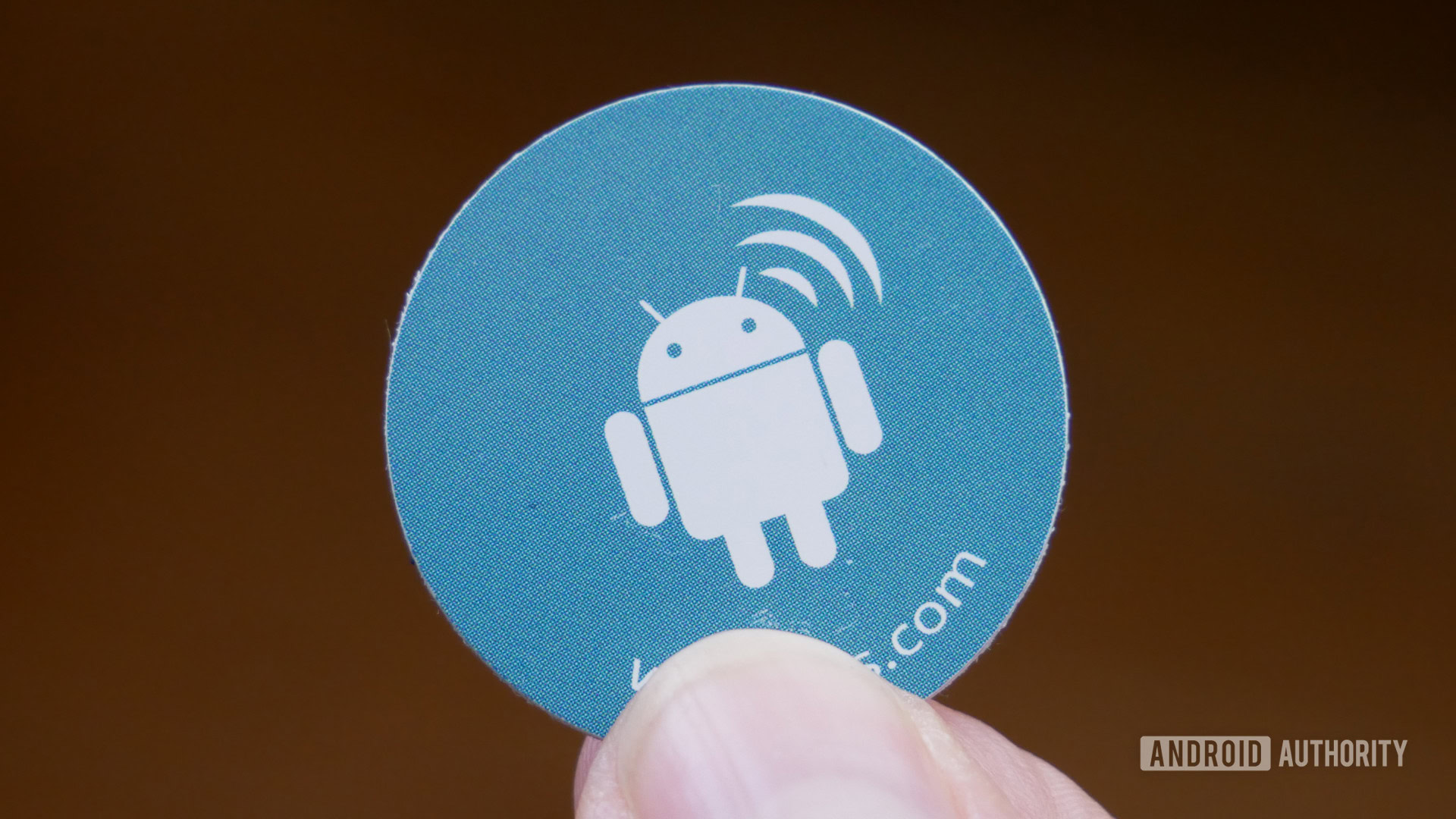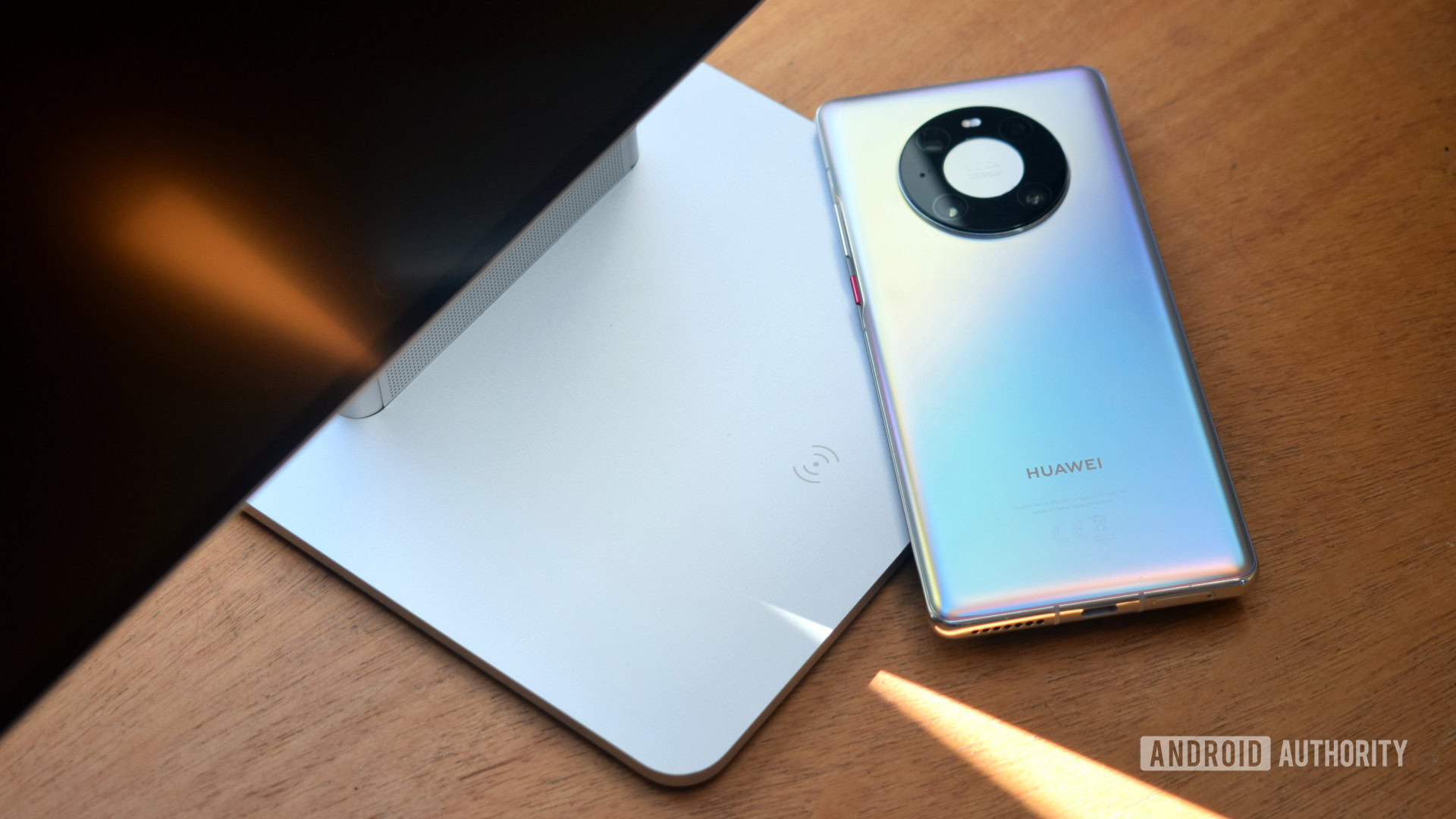Affiliate links on Android Authority may earn us a commission. Learn more.
How to use NFC on Android: Mobile payments, tags, fast pairing, and more
March 25, 2025
The NFC hype isn’t what it once was, but it’s still a handy feature you should take advantage of or get to know. How does NFC work, and how do you use it? We’ll walk you through how to use it and everything else you need to know about it.
QUICK ANSWER
NFC stands for "Near Field Communication." It's a standard that allows two devices or accessories to communicate via radio frequencies in close proximity. NFC is mainly marketed as a contactless payment tool in the mobile scene, but it can also be used to automate actions with tags, or to link to devices such as monitors, headphones, cameras, and more.
JUMP TO KEY SECTIONS
Editor’s note: All instructions in this post were created using a Google Pixel 8a running Android 16. Remember that steps may differ depending on your smartphone and Android version.
Do you have NFC?
It’s now hard to find a phone without NFC, as it’s become a standard. You can even find it on most budget phones, but there are some ways to double-check if you aren’t sure.
Some phones make it more obvious by showing an NFC label somewhere in the device, usually on the back. This is no longer as common, but a few manufacturers continue this practice.

Sony is one of the few manufacturers still labeling NFC capabilities, as seen in the image above. You’ll see the “N” label on the back of some devices, the official symbol indicating that the device has Near Field Communication. The “N” also shows the exact location of the chip. We also used to see “Near Field Communication” printed on certain Samsung phones’ batteries, but nowadays, you almost never see the battery. Things have changed.
All that said, you can also skip all the hardware fiddling and check your phone’s settings to find out if your device has NFC.
How to find out if your Android phone has Near Field Communication:
- On your Android device, open the Settings.
- Select Connected devices.
- Tap on Connection preferences.
- You should see NFC options. If the option is there, the phone has the feature.
How to turn on NFC
If your device has NFC, you might need to activate the chip first. Sometimes, it comes dormant by default, so look into the settings to make sure.
How to activate NFC on Android:
- On your Android device, open the Settings app.
- Select Connected devices.
- Tap on Connection preferences.
- You should see the NFC option. Hit it.
- Toggle the Use NFC option on.
Android Beam is dead!
We haven’t talked about sharing photos, videos, contacts, and other files using NFC, and that’s because Android no longer natively supports this. The feature was called Android Beam and used multiple communication tools to transfer files.
Android Beam died with the release of Android 10, and was replaced by Nearby Share. The feature has now been rebranded and is known as Quick Share. This tool is more similar to Apple’s AirDrop. It can transfer files to devices within close proximity, entirely wirelessly. Quick Share starts the connection using your location and Bluetooth. Depending on what you’re sharing, it will pick between Bluetooth or Wi-Fi Direct to share the file. It also supports QR codes.
As you can see, NFC is no longer part of the equation, so you can’t officially use it to share files, photos, content, apps, and other files. This is sad, considering this was one of the coolest ways to utilize NFC. There was something magical about tapping phones to transfer files. You can use Nearby Share instead, though. Here’s how.
How to activate Quick Share:
- On your Android device, open the Settings app.
- Select Connected devices.
- Tap on Connection preferences.
- Select Quick Share.
- Tap on Who can share with you.
- Toggle on Visible to nearby devices.
- Pick who can send you files.
Now, people can share files with you using Quick Share.
How to use Quick Share:
- Find the file, photo, or content you want to share.
- Tap on the Share button.
- Select Quick Share.
- Your device will start looking for devices with Quick Share activated. Select the one you want to send the file to.
- The file will be transferred.
Pay with your phone
No matter how common and how long the feature has been around, paying with your phone still makes us feel like we’re living in the future. This feature relies heavily on NFC communications, and it’s likely what most people have used it for since the death of Android Beam.
There are several mobile payment solutions for Android, with the most popular being Google Wallet and Samsung Wallet. There’s also Apple Pay, but the service doesn’t work with Android devices. If you have a hard time picking the right one, we have a comparison between Google Wallet vs Apple Pay vs Samsung Wallet.
To make payments with your phone, you must first sign up for one of the available payment methods. Samsung Pay is only compatible with Samsung devices, while Google Wallet works on handsets running Android 9.0 or higher. You can start making payments at supported retailers when you set up the app and enter your payment details. If you need help setting these up, just click on the links in the last paragraph.
You can check out our guide on how to use Google Wallet to learn how to make contactless payments using NFC.
Using NFC tags

Besides mobile payments, using NFC tags is a great way to utilize this technology. You can use these to automate specific tasks when you tap on them with your smartphone’s NFC chip. It’s possible to use tags to sign into a Wi-Fi network, obtain business information, control smart lights, access a website, and much more. You can get creative, too. Imagine entering an office and tapping your phone on an NFC tag at the door. You can set this tag to unlock your smart lock, turn on the lights, activate the AC, turn Wi-Fi on, and start your smart coffee maker. Maybe you can even start a music playlist on your smart speaker!
An NFC tag is an unpowered chip, small and thin enough to be embedded in posters, movie passes, business cards, medication bottles, stickers, wristbands, key fobs, pens, hang tags, and more. This means it’s easy to stick them around any business or living area.
You’ll need a tag-writing app to set up the tags, such as the NFC Tools app. Once programmed, you can tap any NFC-enabled device on the tag and take advantage of its benefits. Trigger can interact with Wi-Fi, Bluetooth, Audio, display, alarms, calendars, social networks, navigation, Tasker tasks, etc.
Other random capabilities

NFC capabilities expand far beyond payments and tags. While you can’t use it to transfer files anymore, plenty of other electronics and devices take advantage of the low-powered, close-proximity standard. You can find NFC functionality in specific cameras, monitors, laptops, Bluetooth speakers, smart home appliances, business cards, and more.
Some examples of what you can do with NFC include starting a connection with a device, providing security credentials, programming settings, establishing connections, and more. For example, you commonly see NFC in Sony cameras, and it allows you to connect to your smartphone to transfer images quickly. Furthermore, monitors like the HUAWEI MateView use NFC to connect with smartphones for wireless projection.
FAQs
NFC stands Near Field Communication.
NFC allows two devices, such as your phone and a payment terminal, to communicate with each other. The standard isn’t as powerful as other communication methods like Wi-Fi or Bluetooth. Still, it can start the process and request help from other communication tools available, including the Internet.
No! NFC tags are very, very cheap. They usually cost 30-60 cents per unit if you buy them in bulk. You can easily find a package with 50 NFC tags for about $13-$16.
Smartphones and payment terminals are only the tip of the iceberg in terms of compatible devices. Monitors, TVs, cameras, speakers, and many other smart home products use NFC for quick linking and triggering actions.
While tapping phones to transfer files was a lovely party trick, that level of interaction isn’t necessary for transferring files. Quick Share is entirely wireless and works just as well.
Nearby Share has been phased out. Google rebranded this feature, and it’s now known as Quick Share.
Thank you for being part of our community. Read our Comment Policy before posting.